|
So you have ordered some live mealworms and they have arrived. Now what?? Well it depends on your use for them!
Mealworms are the larvae of darkling beetles and are often used as food for pets such as reptiles, spiders, birds, and even rodents. If you want to keep and maintain healthy mealworms, understanding their feeding habits and providing them with a safe and comfortable environment are important steps to take. Here are the basics:
If you have any problems with your mealworm care, please let us know and we will be happy to help answer your questions. Regards, The Bug Farms Team 😊
0 Comments
Leave a Reply. |
AuthorBlog posts come from our experience bug farming and also from third party contributors. Archives
March 2024
Categories |

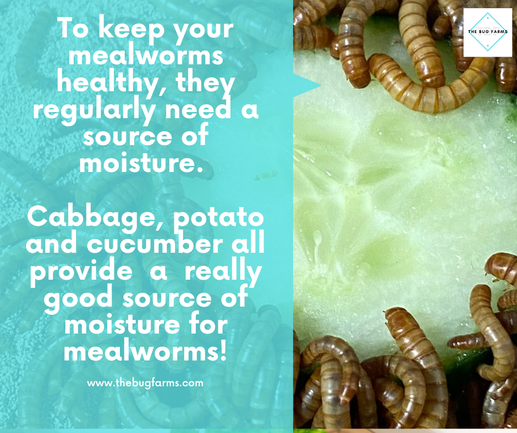
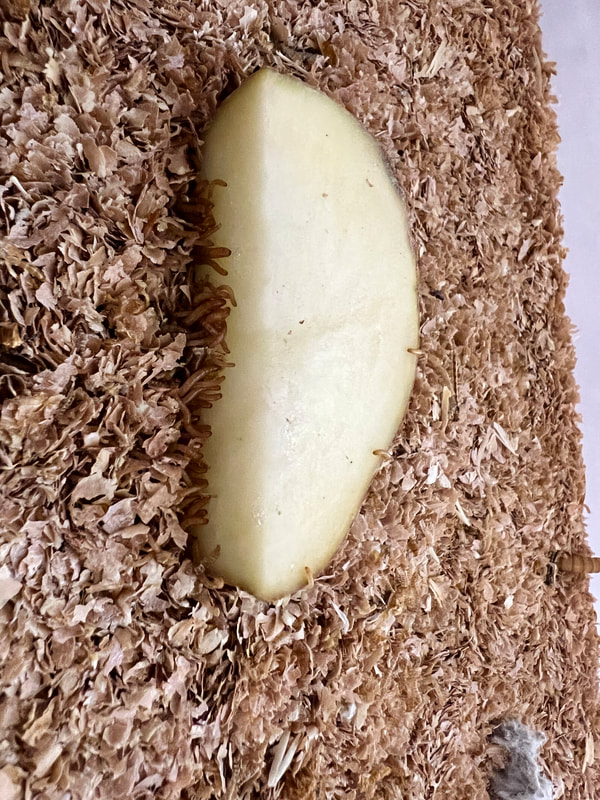
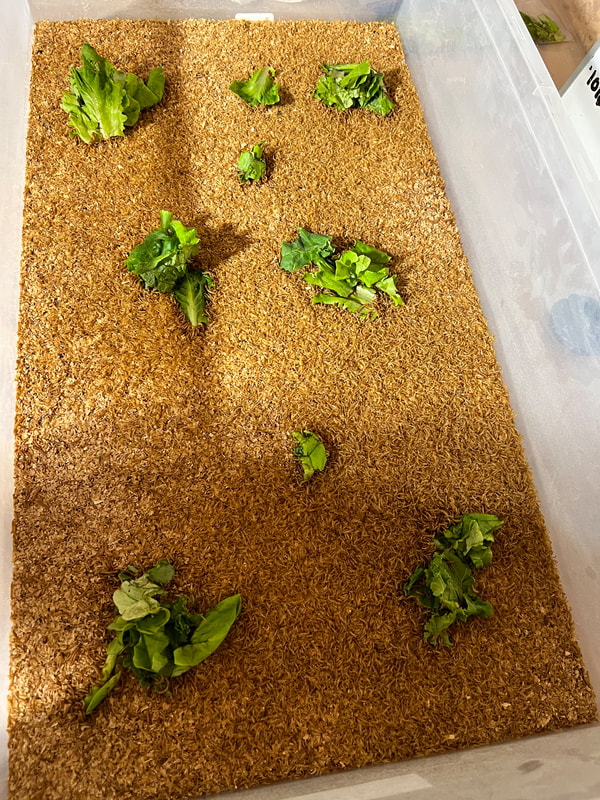
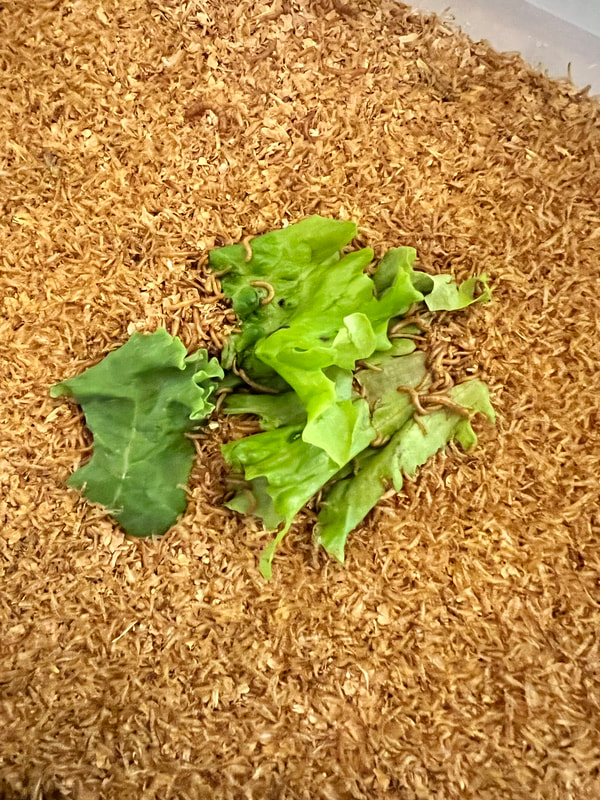
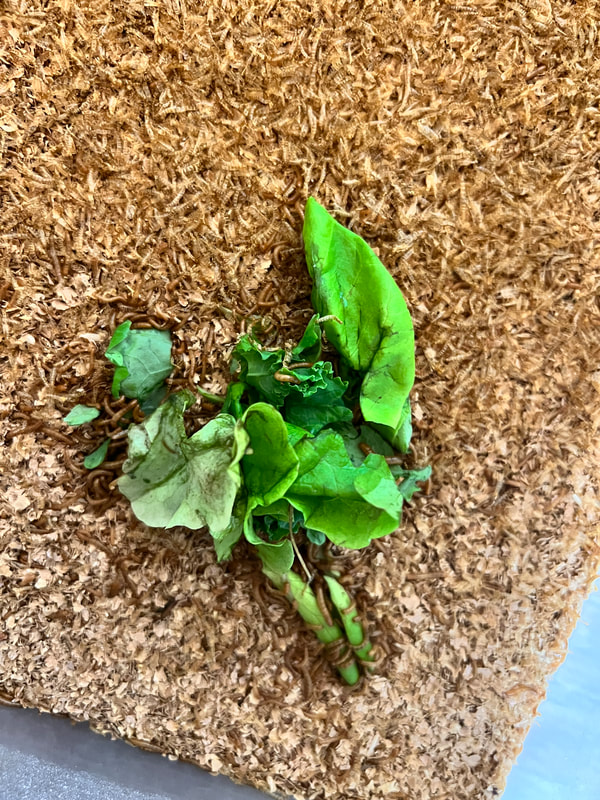
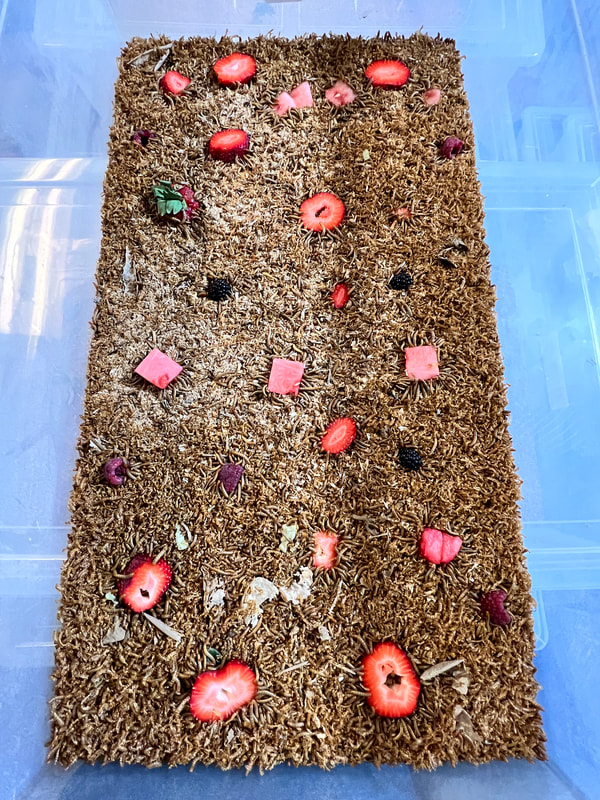
 RSS Feed
RSS Feed